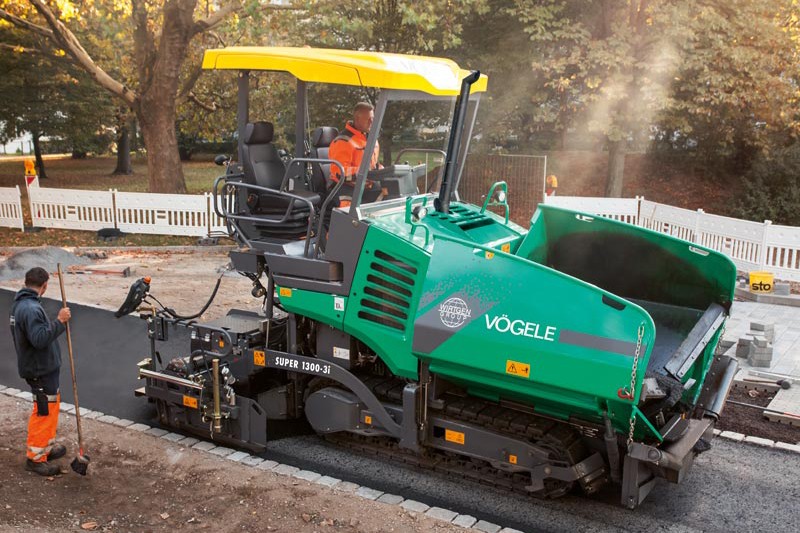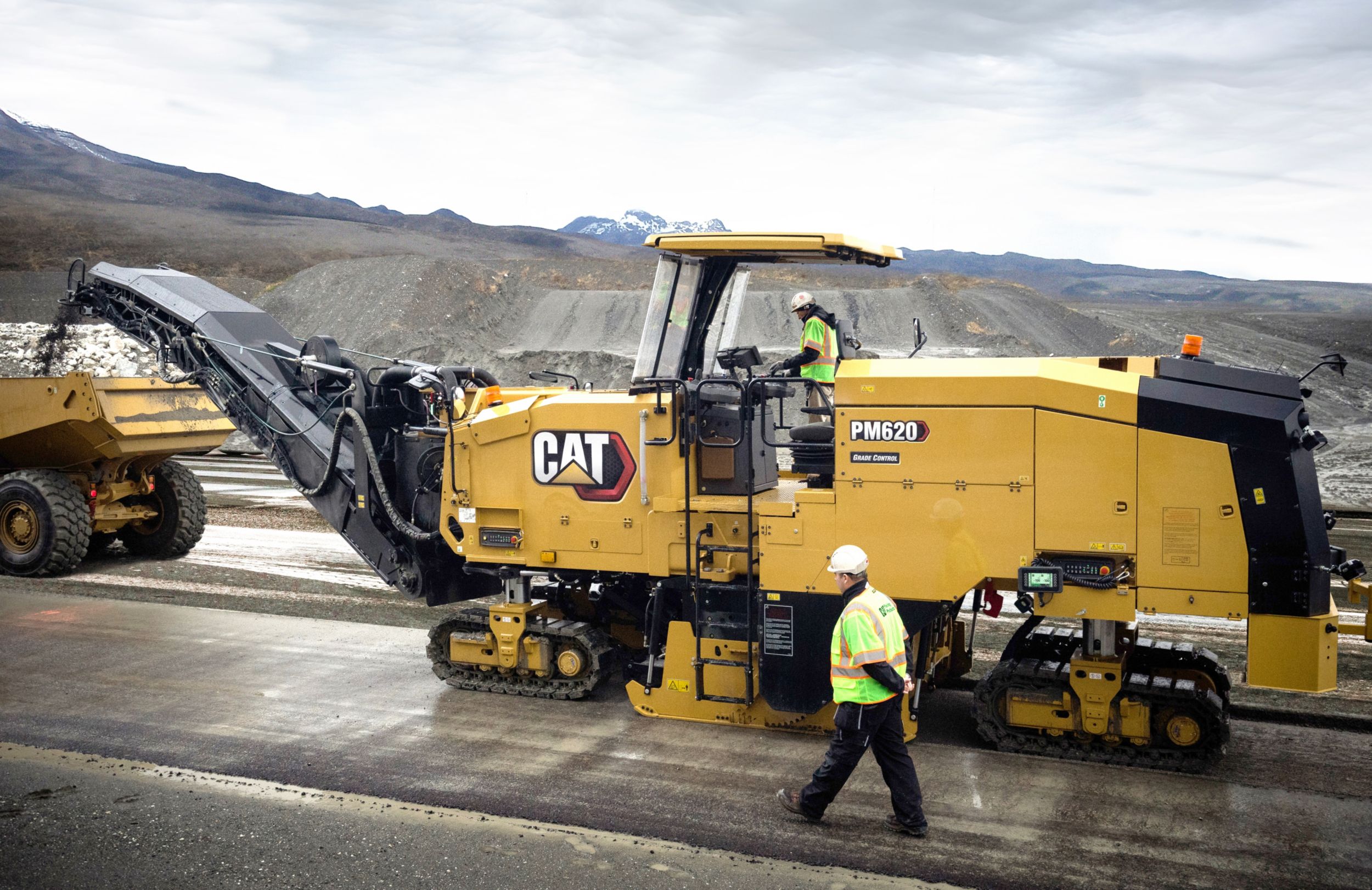
Managing commercial property involves many responsibilities, while it is easy to overlook or forget when you have a lot to not only manage but also maintain. From the many responsibilities, property managers are keenly aware of proper pavement surfaces as they are something people contract for and use on a regular basis.
Over time, wear and tear on asphalt is inevitable vs. concrete which can have cracks appearing and its surface changed from wear. Many times, property managers have to make educated decisions between complete removal or asphalt milling which is less invasive. Understanding what milling is, its benefits, and when is the right time to use milling, will allow property managers to enhance their pavement without breaking the bank.
Also, making informed decisions allow property managers and owners to find a position that provides the best of both worlds, cost and long-term performance. The difference between work approaches can save a lot of time in management planning, especially for those who manage multiple sites.
What is Asphalt Milling?
Milling is a process used for asphalt to remove the majority of, but not necessarily all of the depth in relation to asphalt surface without disturbing the foundational material. Specialized equipment and machinery are used to grind the pertinent area with asphalt to an acceptable depth to create a smooth top surface, and it will provide an even surface for subsequent paving asphalt for example. Click this site for more details.
In professional paving services where asphalt milling is applicable, repairs, maintenance and restoration are all very efficient uses of time and materials. Asphalt milling is often a great option if the base layer is structurally acceptable, but the surface layer is worn below an acceptable standard.
Asphalt milling is also often done in sections so that you can target problem areas in small areas without tearing out an entire lot or section of a highway or publicly accessible roadway. By milling, you are using the asphalt as efficiently as possible by limiting the scope to the surface area under normal circumstances and is a use of materials that are done well.
Why Choose Milling Over Replacement?

When it comes to road surfaces or asphalt parking lots, complete pavement replacement is costly, time-consuming, and disruptive to any existing business operations. Milling is an alternative option that saves both money and time while restoring a fresh, smooth surface for driving on.
Property managers often choose to mill because it:
- Preserves the base structure underneath and saves overall costs.
- Limits downtime on parking lots or roadways.
- Allows for specific adjustments to surface elevation that may help with drainage.
Businesses and property managers with large areas such as commercial parking areas can utilize asphalt milling Vacaville services as a practical solution to surface restoration, while providing resilience without full rebuild. Likewise, many businesses want to reduce business interruptions, and milling will typically allow for restoring a parking area much faster than a full reconstruction project. Many find milling gives them the best compromise between costs and staying in the aesthetics of professionalism.
How the Milling Process Works
The milling process starts by utilizing specialized equipment that consists of rotating drums that have teeth affixed on them. The teeth cut, grind and remove the upper layers of asphalt to a specified depth. After the surface layer is removed, the old asphalt is gathered, processed again, and sent off to recycling centers.
The last part of the milling process is laying new asphalt on top of the milled surface. Since the base has already been fully milled, leveled, and stable, overlaying asphalt is impressive and sticks together well. The finish will be smooth because the base is perfect and stable.
Many road construction contractors prefer this process because it enables them to rebuild pavement quickly and minimizes waste. Perhaps most importantly, the accurate depth control means that any curbs, sidewalks, and drainage systems nearby won’t be disturbed. Because this method is efficient, it will overall reduce labour time, allowing for one of the most affordable paving solutions for large properties.
Environmental Benefits of Recycling
No question, asphalt milling’s green intentions are a real plus. A huge advantage to asphalt milling is that it is not wasteful. The material taken off (milled) is recycled and reused by making new asphalt mixtures.
Visit https://www.fhwa.dot.gov/publications/research/infrastructure/structures/97148/rap131.cfm for more info.
Some of the benefits of asphalt recycling include:
- Reduction in virgin material required.
- Reduction in the environmental footprint of paving projects.
- Provides for a “green” approach for the paving project.
By using milling, property managers are also thinking green and saving their clients’ money. Recycling asphalt is emphasized by many professional paving companies, as they have conveyed accountability to themselves and the objectives of a sustainable business model.
All of which may provide environmental benefits too for many aspects of property management and decision-making. In addition, reducing the amount of asphalt in landfill sites should be encouraging as we know there is still much concern about landfill waste in urban settings.
When Milling is Not Enough
Milling has its limits for certain pavement issues. If the base foundation of the pavement failed due to water damage, shifting soils or unlimited amounts of heavy vehicle loads, then full replacement may be required.
In these scenarios, it is essential for the contractor to professionally evaluate the pavement. To verify: will or can milling restore the pavement surface, or is reconstruction a more reliable long-term solution? By relying on the professional’s recommendations, property managers may limit the number of repairs they attempt—potentially saving themselves far more in the end.
In other cases, milling combined with additional repair interventions may create the very best solution for the property manager.
Conclusion
Asphalt milling provides a cost-efficient, environmentally responsible, and practical option for maximizing the lifespan of commercial pavements. By understanding how milling works, and when it is the best option, property managers can make decisions that are not only sound financially for their property but also safeguard the safety of their tenants and visitors.
